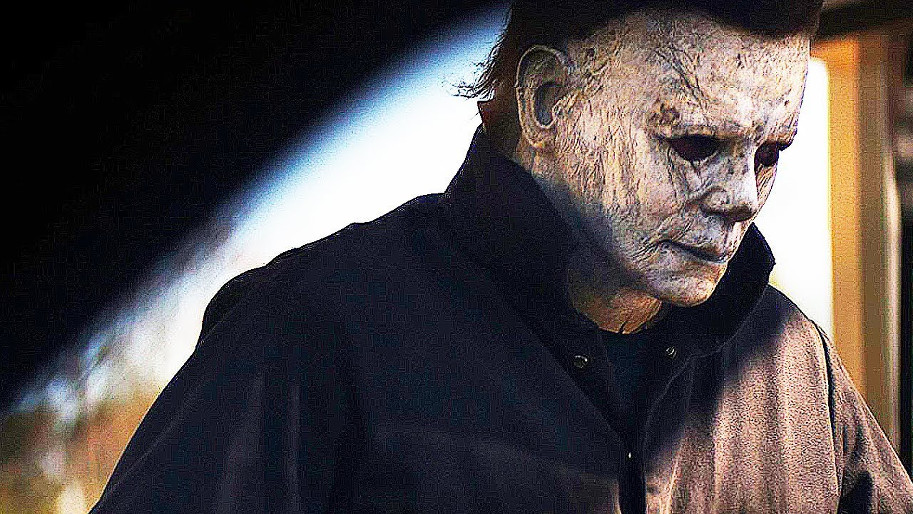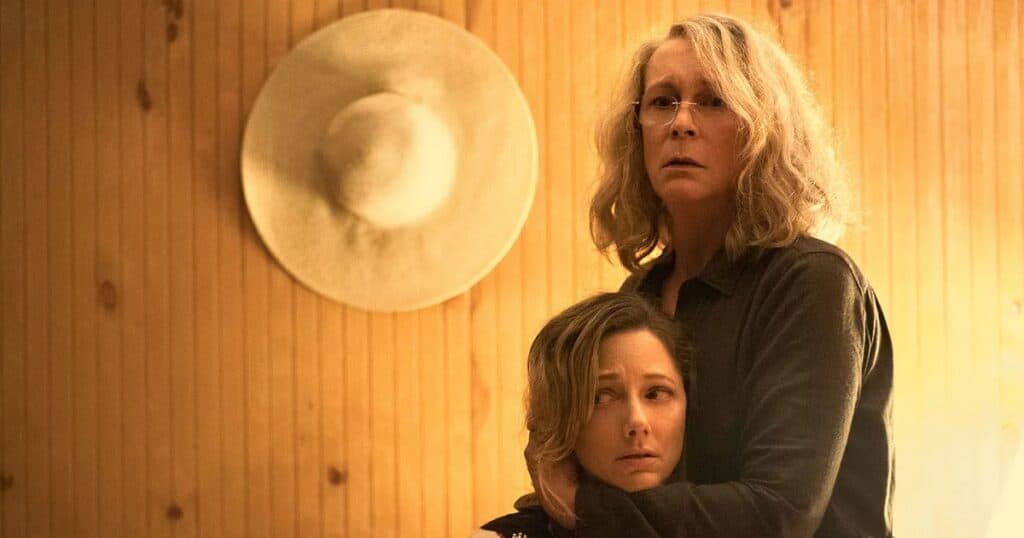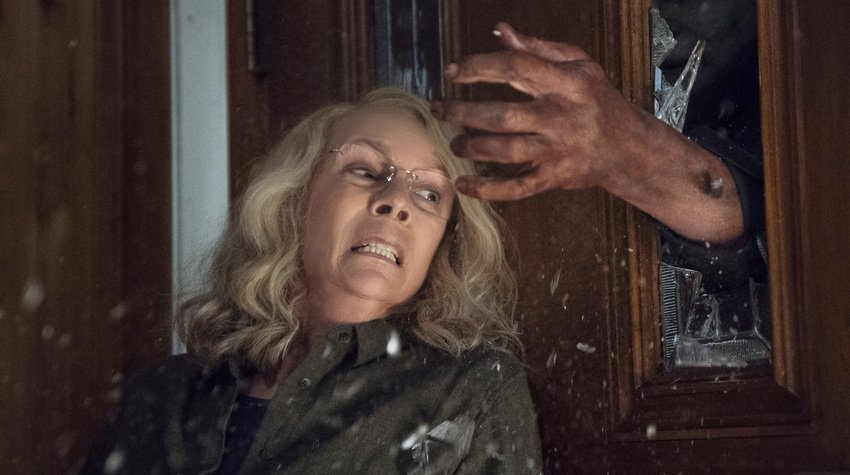You ever wonder if the stars had a hand in reviving a horror classic? Because in 2018, under a pretty intense cosmic setup (hello, Scorpio vibes stirring up some serious transformation energy), the Halloween franchise took a sharp left turn back to its roots. After years of sequels that felt about as inspired as a haunted house with no scares, Universal Pictures and Blumhouse tossed all that lore out the window — except for what John Carpenter served up in 1978. It was like the universe (and maybe a couple of stubborn filmmakers) decided, let’s hit the reset button on Michael Myers and see if that old mask still creeps us out. And creep he did, with David Gordon Green and Danny McBride steering this slasher ship into fresh, blood-soaked waters. But how did this reboot dodge decades of franchise chaos to deliver a sequel that truly felt like coming home… or a nightmare you couldn’t shake? Buckle up — we’re diving into the messy, twisty tale of Halloween 2018, where knives, nostalgia, and a dash of cosmic fate collide. LEARN MORE
The history of the Halloween film franchise is a long and winding one; when you consider the many sequels and reboots the classic John Carpenter original spawned, it’s hard to think of another movie series that has so consistently reinvented itself – which itself is exceptional when you recognize that at its core, it’s a very simple premise. Evil incarnate grabs a knife and starts hacking away at every person he sees. In 2018 we got a fresh look at this reliably compelling story when Universal Pictures and Blumhouse released David Gordon Green’s Halloween, a movie that completely did away with all of the famous Halloween lore save for what was revealed in the original. Horror movie fans had been waiting a long time to see The Shape get back into the stab of things, and with the grimy memories of Rob Zombie’s two movies long in the past, we were all ready for a killer new take on the legend of Michael Myers. So how did we arrive at a place where we were going all the way back to the original film for inspiration? Sharpen your knives and hide your candy, because we’re taking a look at what happened to 2018’s Halloween.
Following the dismal reception of Rob Zombie’s H2 in 2009, it was clear Michael Myers needed some new blood in his veins. A proposed third movie in the rebooted franchise was announced soon after the release of H2, though Zombie was not going to be involved; instead, the Drive Angry duo of Patrick Lussier and Todd Farmer were enlisted to make Halloween 3D, but that fell apart for various reasons, including budget disputes and a script that was never quite ready. Several years went by as several attempts to reboot the franchise came and went, including one called Halloween Returns, which was going to be made by Patrick Melton and Marcus Dunston, the writers behind the Feast movies and several Saw sequels. When Halloween Returns was shut down, the franchise fell into limbo. Dimension Films, the Weinstein brothers-founded horror studio, lost the rights to the title, and it looked as though we wouldn’t see Michael Myers cut another swath through Haddonfield for a great many years.
Then in May of 2015, Blumhouse walloped the horror world with a major announcement: they were now in control of the Halloween franchise, along with Miramax and and Trancus Entertainment. Not only that, the legend himself, John Carpenter, was returning as executive producer, many years after washing his hands of the series, seemingly for good. Even the diehards who’d had enough Michael Myers to last a lifetime had to admit this was pretty cool news, so then the question became, who was going to direct this Halloween?
Some interesting names were initially in the mix. Mike Flanagan, who was still up-and-coming at the time, having impressed horror hounds with this films Oculus, Hush, and Ouija: Origin of Evil, was in the running, though his flirtation with making Halloween never became more than that. He later explained he had no real pitch for it, although he did think of making “Dr. Loomis” a female at one point, and in the end he was glad he wasn’t entrusted with the franchise. He did, however, say that Hush was basically his riff on the first Halloween, so in a way he felt like he did get to do his take on it after all.
Another name associated with the reboot was Adam Wingard, who was coming off You’re Next and The Guest. Wingard revealed in an interview that when he found out Blumhouse was making a new Halloween, he chased after the property thanks to his love for the original. But the deal never got done, and in hindsight Wingard admitted that, not unlike Mike Flanagan, he’d already done a riff on Halloween, his version being The Guest. That said, when he was still in the running to do it, Wingard received an email from John Carpenter who gave the director his support and fully backed him as a potential helmer. For Wingard, that was almost even better than directing the picture.

With those two names out of the running, a surprise, out-of-left-field name came almost two full years after the Blumhouse announcement; they’d found their man. Well, men. David Gordon Green and Danny McBride – not two names very closely associated with horror – were revealed to be the key creatives behind the new Halloween film. The announcement was actually made by John Carpenter himself on his Facebook page, along with teasing that he was considering doing the music for the film. Spoiler alert, he did indeed end up scoring the movie. For their part, Green and McBride pitched their take directly to Carpenter, as obviously he was the only person they felt they had to impress, and Carpenter was blown away by said pitch, which set the new film up as a direct sequel to the 1978 classic; all other lore would be ignored, including the notion that Michael Myers was a sibling to the ultimate Final Girl, Laurie Strode.
Also announced was a release date for the film, an appropriate mid-October debut in 2018, about a year and a half later, giving the boys plenty of time to work on the script. The next big question then became, would Laurie Strode return to face her tormenter?
Green and McBride allege they wrote 80 drafts of the film over the course of eight months, even re-writing well into production. McBride would later said they wanted the script to be as good as possible in order to convince Jamie Lee Curtis to return to the role that started it all for her; they focused heavily on the Laurie character to be a strong, though damaged, protagonist, turning the one-time babysitter into a tormented survivalist who just knows the Shape will come back to town to finish what he started. Intriguingly, one original plan was to shoot two films back-to-back, but that was scuttled when it was decided that it would be better to see what worked and what didn’t on the first one. Ultimately, two more films would go on to be made, but those didn’t get the greenlight until after the first one was released in theaters.
Once Curtis got her hands on the script, she was thoroughly impressed with what Green and McBride had conjured up. There was no way she could pass up returning to Haddonfield, especially considering the new film would come out forty years after the original. Green would allow Curtis to bring her own ideas to the screenplay, as is his process with all his actors, so the original Final Girl had final say on how this Laurie shaped up.
Also returning to the fold was Nick Castle, who portrayed The Shape in Carpenter’s original. While he would only be in a handful of scenes in the new one, with stuntman James Jude Courtney taking on the lion’s share of Michael Myers’ role, Castle’s involvement was a clear indicator the filmmakers were taking the job of reviving Halloween very seriously.

Someone who would not be returning to the franchise was Danielle Harris, who portrayed Laurie Strode’s daughter Jamie Lloyd in Halloween 4 and 5, as well as showing up in Rob Zombie’s two Halloween films. Harris reached out to the filmmakers when she heard about the new film, especially considering Laurie’s daughter was going to be a key character in the new movie, but her efforts to be involved were rebuffed by the creatives, who were obviously committed to ignoring the events of all other Halloween sequels. Instead of Harris, Judy Greer was cast as Laurie’s skeptical daughter Karen, who obviously had nothing to do with Jamie Lloyd.
Early drafts had the film open with something of a recreation of the end of the original film; they were even going to have a Dr. Loomis cameo – the character would have been played by Green’s art director, who apparently looks exactly like Donald Pleasance. But the idea was scrapped when Carpenter told Green and McBride it wasn’t necessary to revive the ending of the original, that it would be better to just drop the audience into their own movie.
Though Halloween had plenty of heavy hitters behind it, it still ended up feeling much in the independent spirit of the original. Production only had 25 days of filming on the schedule, a fairly quick turnaround for such a major title, and a budget of only about $10 million, which is in keeping with the Blumhouse model of making movies. Green chose to look at the low budget and short schedule as blessings in disguise, figuring he could turn his limitations into opportunities the same way Carpenter did when he made his low-budget masterpiece.

Shooting took place in Charleston, South Carolina, where Green and McBride had made their HBO series Vice Principals. It was originally supposed to go in front of cameras in October of ’17 but got delayed until January of ’18; which did not effect the planned October release date. Filming wrapped a month later in February, though production ramped up again, albeit it briefly, in June when reshoots were required.
The iconic Michael Myers mask was crafted by make-up artist Christopher Nelson, who made life casts of James Jude Courtney’s face in order to ensure the mask would perfectly fit him. The mask had been sitting around for 40 years, so obviously it was designed to look beaten and weathered by the passage of time. Courtney said his Michael’s movements were partially inspired by his cat, as Green wanted the Shape to have an efficiency of movement the way a cat does when it’s hunting.
Halloween was released on October 19, 2018, and it opened with quite a bang, making a very impressive $77 million its opening weekend in the United States. Ultimately, it ended up making over $255 million worldwide, a very tidy profit for a movie that only cost about $10 million to produce.
Unsurprisingly, this would not be the final word on Michael Myers. As previously mentioned, two more Halloween films with the same creative team were announced, ensuring the Shape would keep on slashing for a while, even though dude was in his 60s. Regardless what you think of his trilogy, one must admit David Gordon Green brought fresh attention to one of the most beloved franchises of all time, if nothing else shining a light on the 1978 classic that started it all. Let the fans decide which of the timelines they prefer, there are plenty to choose from.
A couple of the previous episodes of this show can be seen below. To see more, head over to our JoBlo Horror Originals YouTube channel – and subscribe while you’re there!
Auto Amazon Links: No products found.

This will close in 0 seconds
This will close in 0 seconds